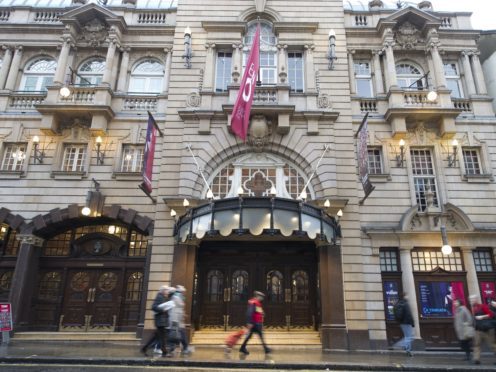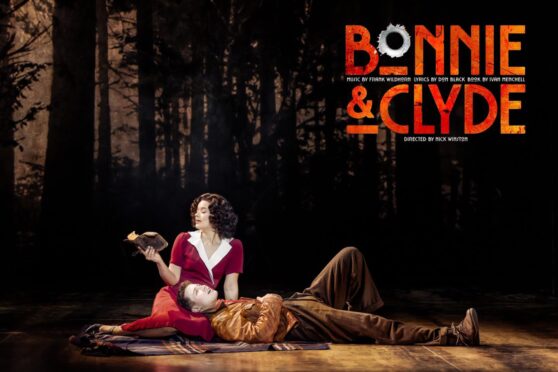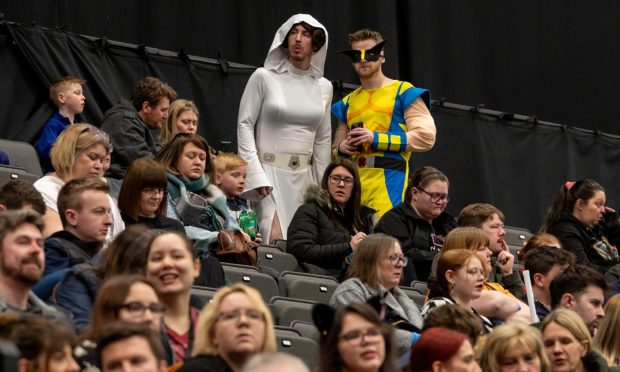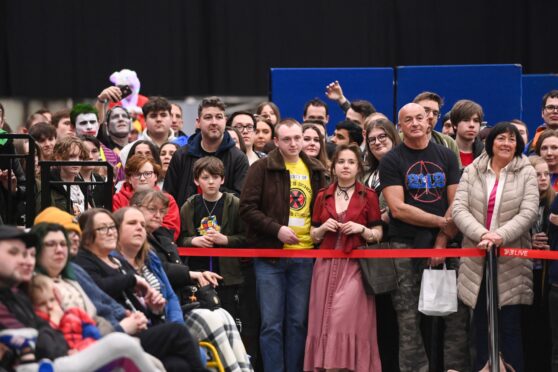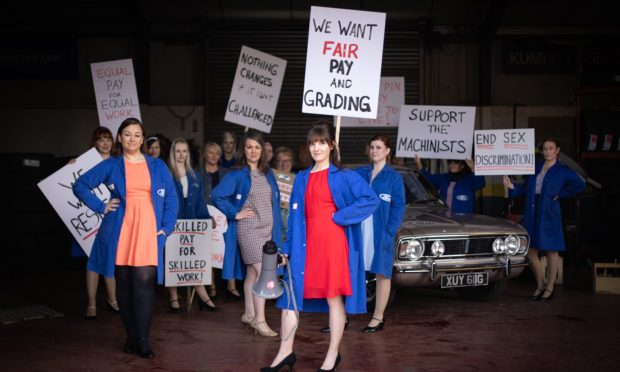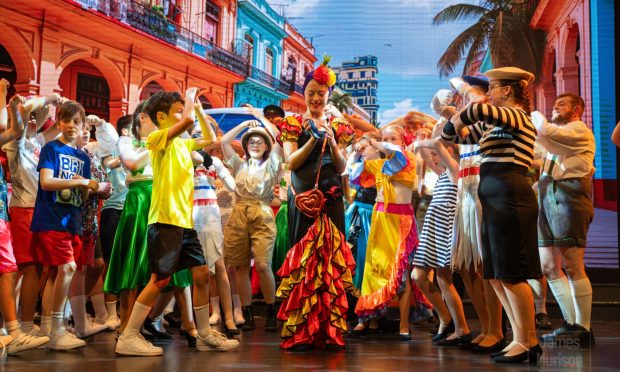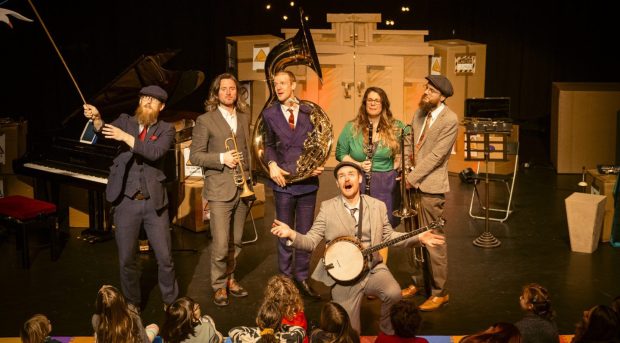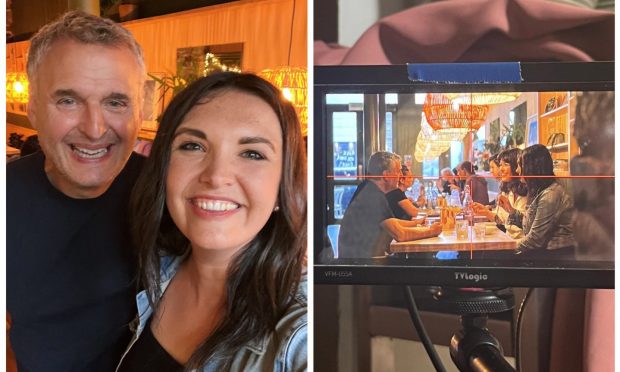The National Theatre has revealed it has a gender pay gap in favour of women, making it one of the few arts organisations in Britain to pay its female staff on average more than males.
The publicly-funded venue, based on London’s South Bank, has put its favourable figures down to working “consistently on gender pay balance over a number of years”.
According to data submitted to the government, the median hourly pay of women at the National Theatre is 3.0% higher than that for men, meaning that on average women earn £1.03 for every £1 that men earn.
By contrast, the Royal Shakespeare Company (RSC) reported a pay gap of 13.1% in favour of men, which means on average women earn 87p for every £1 men earn.
Avaunt! and quit my sight! let the earth hide thee!Thy bones are marrowless, thy blood is cold;Thou hast no speculation in those eyes,Which thou dost glare with. #Macbeth pic.twitter.com/EVGVDtHEao
— National Theatre (@NationalTheatre) April 4, 2018
The RSC said that although their figures were “better than the national average, we want them to be better”.
Under new Government legislation, all companies and public bodies with more than 250 employees had to report their gender pay gap by Wednesday this week.
Over 10,000 organisations have now submitted their figures, with 78% of them showing a pay gap in favour of men.
Lisa Burger, executive director of the National Theatre, said: “The National Theatre has worked consistently on gender pay balance over a number of years and we are pleased to confirm that in 2017 the women’s mean hourly rate is 1.1% higher than men’s and the women’s median hourly rate is 3.0% higher than men’s.
“Our data is based on the analysis of a balanced workforce with 541 women and 537 men working across a diverse range of skilled crafts and professional disciplines.
“The NT’s reported figure will vary year on year but in 2018 we are pleased to confirm that the NT’s gender pay gap is close to zero.”

In a statement the RSC said: “We want the RSC to be an equal, diverse and inclusive organisation, committed to equality of opportunity for everyone.
“Although our gender pay gap figures of 13.7% mean and 13.1% median are better than the national average we want them to be better.
“Our figures, based on the 5 April 2017 snap shot, are largely driven by two factors which together create the gender pay gap.
“The first is a higher proportion of men than women in higher paid roles; the second is that we mirror the national picture of more women working part time then men, and most of our part time employees are currently in lower earning roles.
“We are committed to reducing the gender pay gap and increasing gender equality.
“Our action plan to achieve these objectives is focused on improving gender balance across all our teams, and on highlighting and developing more opportunities for part-time and flexible working at all levels in the company.”
Elsewhere in the arts sector, the Royal Opera House in Covent Garden reported a gap of 13.4% in favour of men, while the Welsh National Opera has a slightly higher figure of 14.0%.
Leeds-based Opera North reported a figure of 9.8% and Scotland’s national opera company, Scottish Opera, stood at 7.2%.
The national median gender pay gap is 18.4%.
Another company to reveal a pay gap in favour of women is the English National Opera (ENO), where the median hourly pay of women was 1.0% higher than that for men.
A spokeswoman said: “It is important to us that ENO is an inclusive company at which to work, and we are pleased that this is reflected in our Gender Pay Gap Report.
“We are passionate about striving to ensure that our workforce, be it onstage, backstage, behind the scenes or in the pit, more fairly reflects the world around us”.
Among the big theatre chains, the Delfont Mackintosh Theatre group, home to hits such as Hamilton and The Book of Mormon, has a median gender pay gap of 13.4% in favour of men.
Nimax Theatres, which has shows such as Harry Potter And The Cursed Child and Everybody’s Talking About Jaime playing at their venues, has a gap of 14.9%.
Nimax Theatres have been contacted for comment.
